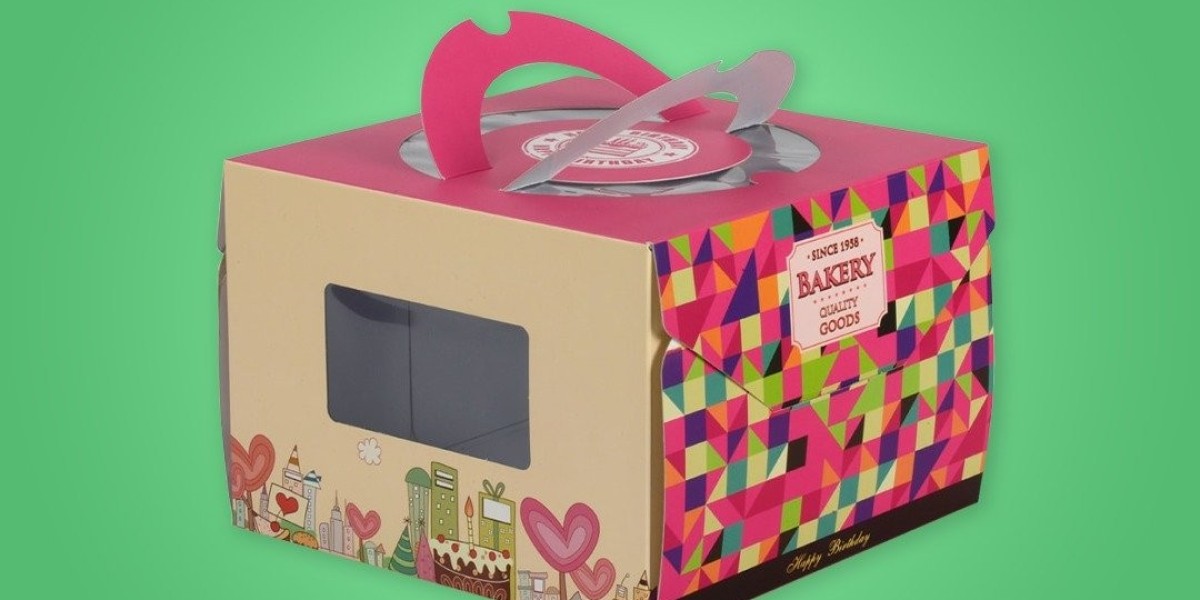Introduction
The global agricultural sector is increasingly shifting toward sustainable pest control solutions, and Bacillus thuringiensis (Bt) insecticides are at the forefront of this movement. According to Report Cube, the Global Bacillus Thuringiensis Insecticide Market is anticipated to register a CAGR of around 15.90% during the forecast period (2026-2032). The market, valued at USD 9.21 billion in 2025, is projected to reach USD 22.32 billion by 2032.
This rapid growth is fueled by rising demand for organic farming, stricter regulations on chemical pesticides, and the need for eco-friendly pest management. But what exactly is driving this expansion, and what challenges could hinder progress? Let’s explore the key factors shaping the Bt insecticide market.
Key Drivers of Market Growth
- Rising Demand for Organic and Sustainable Farming
Consumers are increasingly opting for organic produce, pushing farmers to adopt bio-based pest control methods. Bt insecticides, derived from a naturally occurring soil bacterium, are highly effective against pests while being non-toxic to humans, animals, and beneficial insects. This makes them a preferred choice in organic agriculture.
- Government Regulations Favoring Biopesticides
Stringent regulations on synthetic pesticides—such as bans on neonicotinoids in the EU and glyphosate restrictions—are accelerating the adoption of Bt-based solutions. Governments and environmental agencies are promoting biopesticides to reduce chemical residues in food and minimize ecological harm.
- Growing Resistance to Chemical Pesticides
Pests are developing resistance to traditional insecticides, reducing their effectiveness. Bt offers a viable alternative, as its mode of action (producing toxins that target specific insect larvae) makes resistance development slower compared to synthetic chemicals.
- Expansion in Emerging Markets
Developing regions, particularly Asia-Pacific and Latin America, are witnessing increased adoption of Bt insecticides due to rising awareness, government subsidies, and the expansion of commercial farming. Countries like India, Brazil, and China are key growth markets.
Challenges and Restraints
Despite its advantages, the Bt insecticide market faces some hurdles:
- Limited Spectrum of Activity
Bt strains are highly effective against specific pests (e.g., caterpillars, mosquitoes, beetles) but may not control other insect types. Farmers often need to combine Bt with other pest management strategies, which can increase costs.
- Shorter Shelf Life and Field Persistence
Unlike chemical pesticides, Bt products degrade faster under UV light and rain, requiring more frequent applications. This can raise operational costs and reduce convenience for large-scale farms.
- High Production Costs
Manufacturing Bt insecticides involves fermentation and formulation processes that can be costlier than synthetic pesticide production. This may limit affordability for small-scale farmers in developing regions.
- Competition from GM Crops
Genetically modified (GM) crops, such as Bt cotton and Bt corn, already incorporate the insecticidal protein, reducing the need for external Bt sprays. This could restrain market growth in regions where GM crops are widely adopted.
Future Trends and Opportunities
The Bt insecticide market is evolving with technological advancements and shifting agricultural practices. Key trends to watch include:
- Development of New Bt Strains
Researchers are engineering more potent and broad-spectrum Bt strains to target a wider range of pests. Innovations in microbial genomics could lead to next-generation Bt products with enhanced efficacy.
- Integration with Precision Farming
Smart farming technologies, such as drones and AI-driven pest monitoring, can optimize Bt application timing and dosage, improving cost-efficiency and effectiveness.
- Expansion in Non-Agricultural Uses
Beyond farming, Bt insecticides are gaining traction in mosquito control programs (to combat malaria and dengue) and forestry pest management, opening new revenue streams.
- Growth in Biological Seed Treatments
Coating seeds with Bt-based formulations is an emerging trend, providing early-stage pest protection and reducing the need for foliar sprays.
Conclusion: Why Stakeholders Should Pay Attention
The Bacillus thuringiensis insecticide market is poised for substantial growth, driven by the global shift toward sustainable agriculture, regulatory support, and increasing pest resistance to chemicals. While challenges like production costs and competition from GM crops exist, advancements in biotechnology and precision farming present significant opportunities.
For agricultural businesses, investors, and policymakers, this market represents a critical segment of the future of pest control. Companies investing in innovative Bt formulations, strategic partnerships, and education for farmers will be well-positioned to capitalize on this expanding industry.
As the world moves toward greener farming solutions, Bt insecticides are not just an alternative—they are becoming a cornerstone of modern integrated pest management. Stakeholders who recognize this shift early will gain a competitive edge in the evolving agrochemical landscape.



